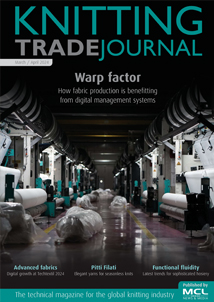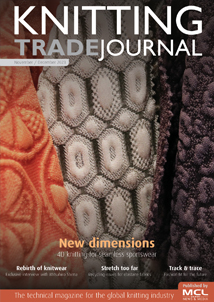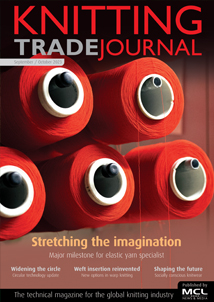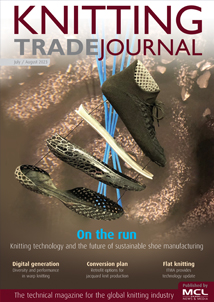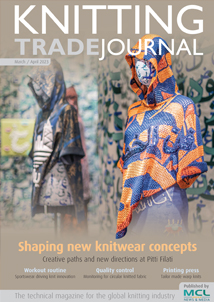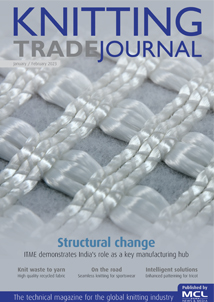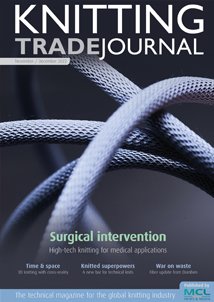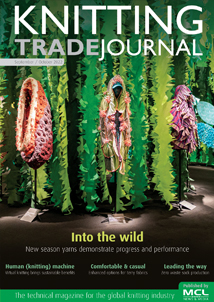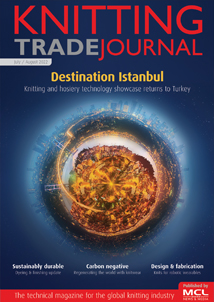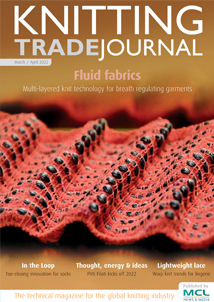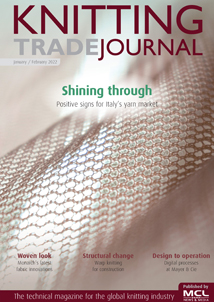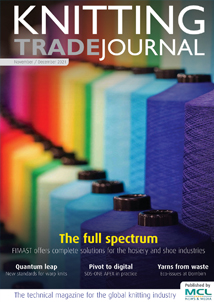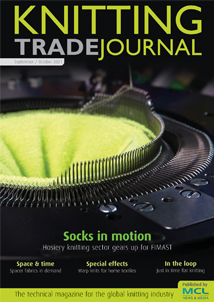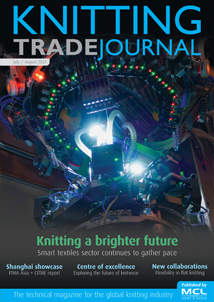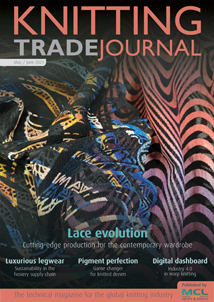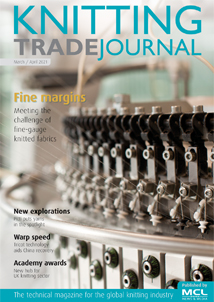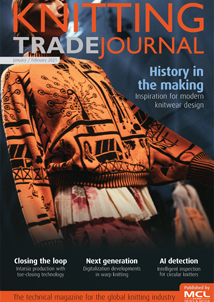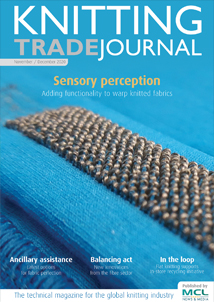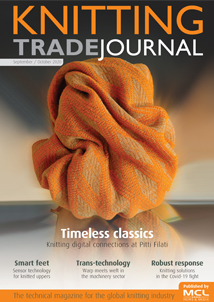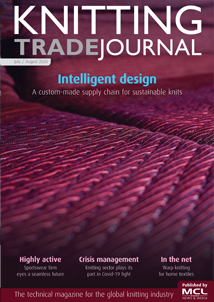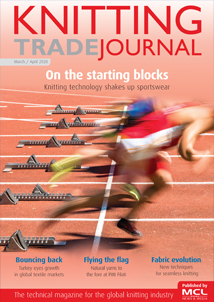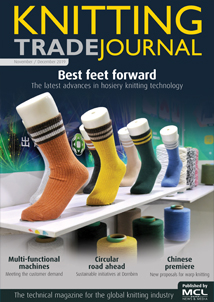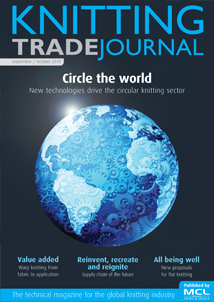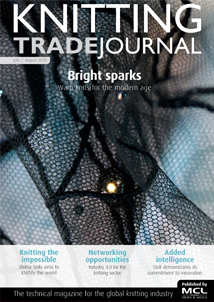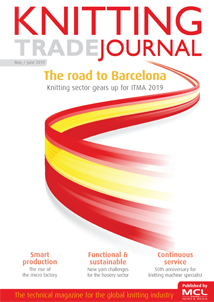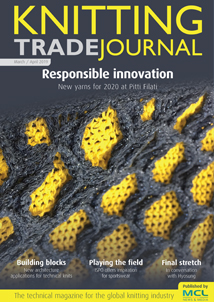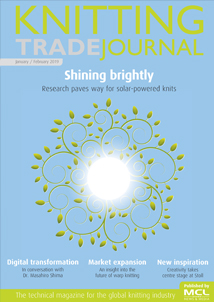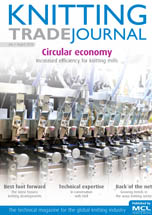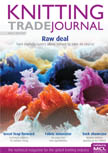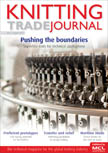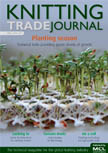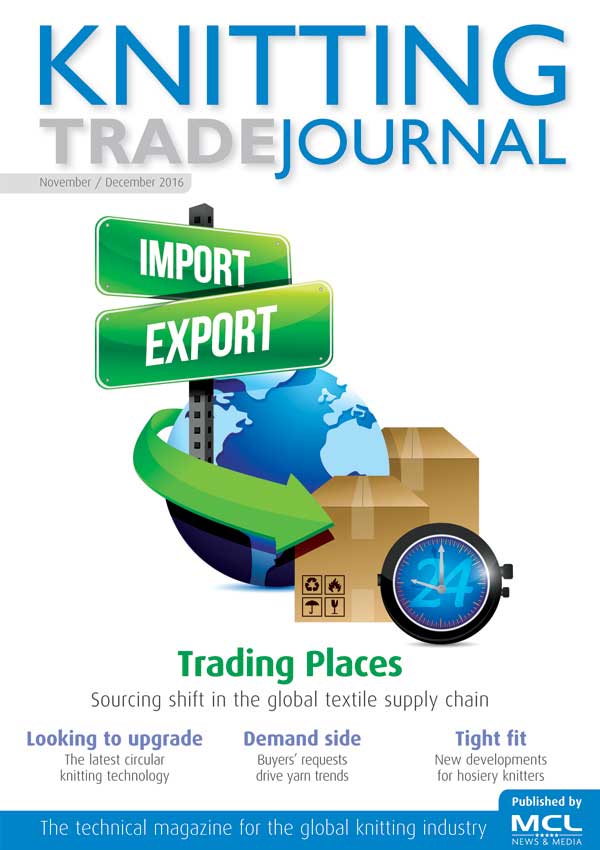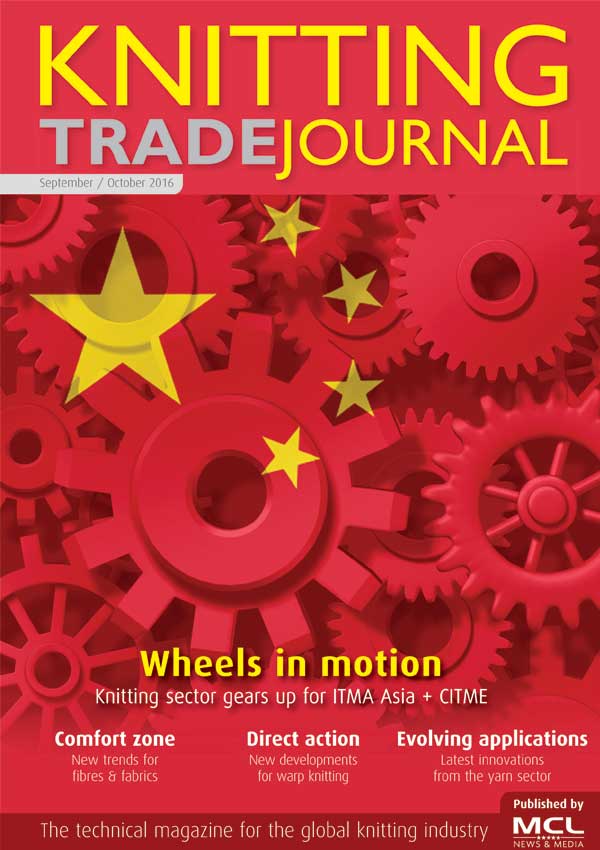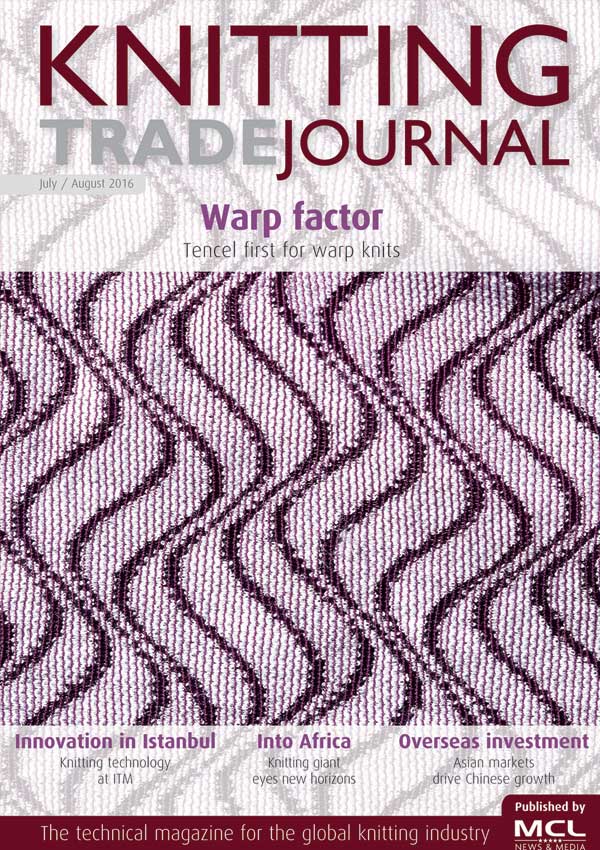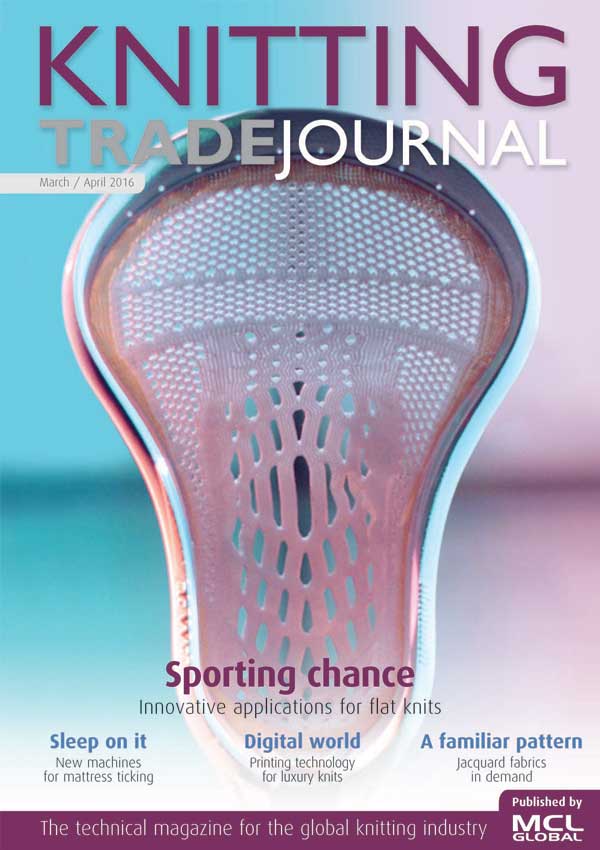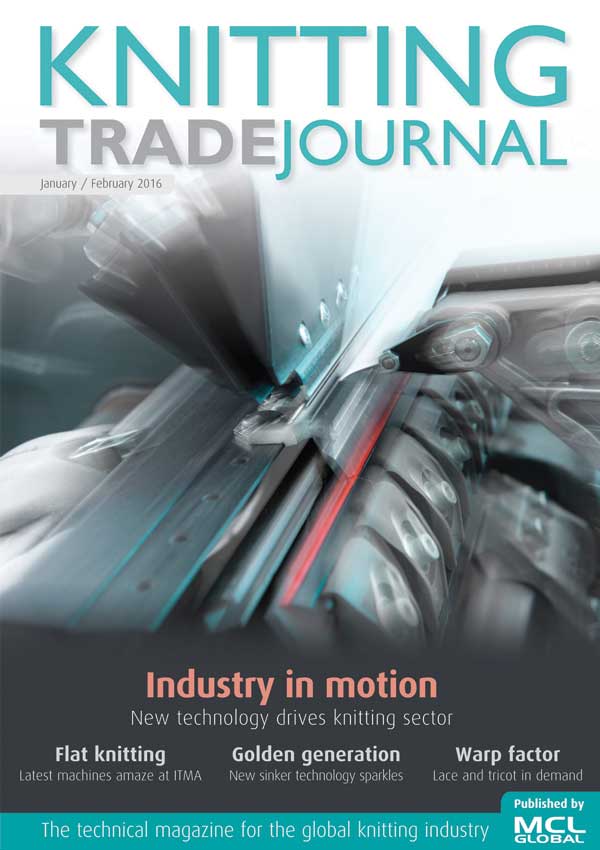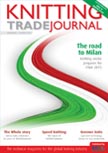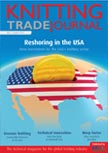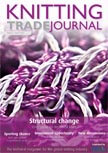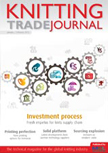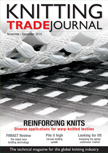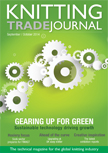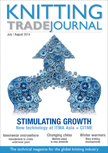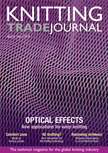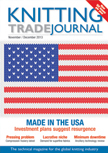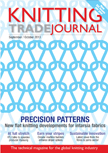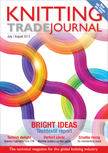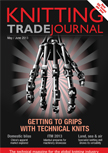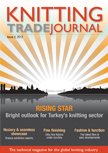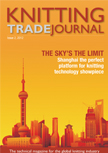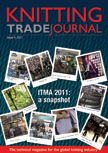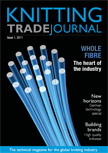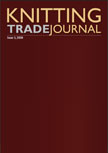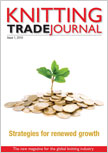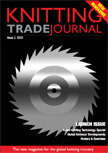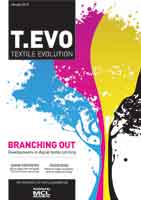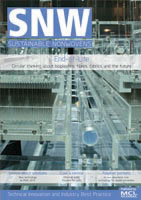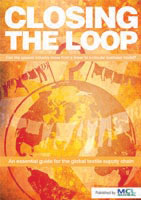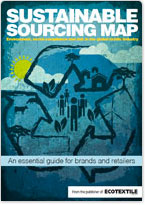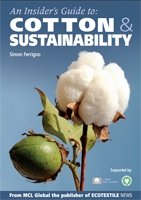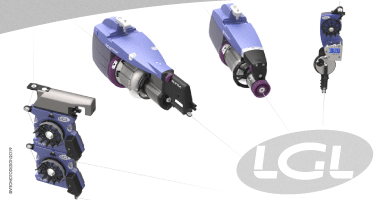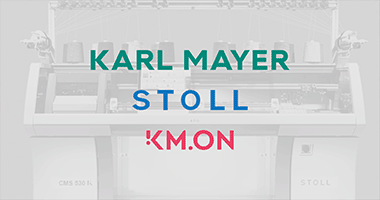Obertshausen - Karl Mayer has outline how using technical warp knitted fabrics from its Wefttronic II G technology can provide greater efficiency on construction sites.
Due to the strong economic growth in emerging markets and low interest rates in most developed countries the global construction market is experiencing a sustained period of growth. The future forecasts are also optimistic. In particular, planned investments in renewable energy infrastructure and urbanisation will continue to ensure full order books for construction companies and their suppliers.
The booming market rewards innovations for greater efficiency and speed in construction, as demonstrated by the textile solutions created on machines developed by Karl Mayer Technische Textilien. These well-thought-out products offer a variety of advantages across different applications.
Infrastructure
In new road construction, warp knitted, geogrids with large stitches increase the structural capacity of subsoils (see image below) while also taking on filtration and separation tasks, thereby making additional layers superfluous. Used under the asphalt surface, these open structures also ensure a longer service life for both motorways and rural roads alike.
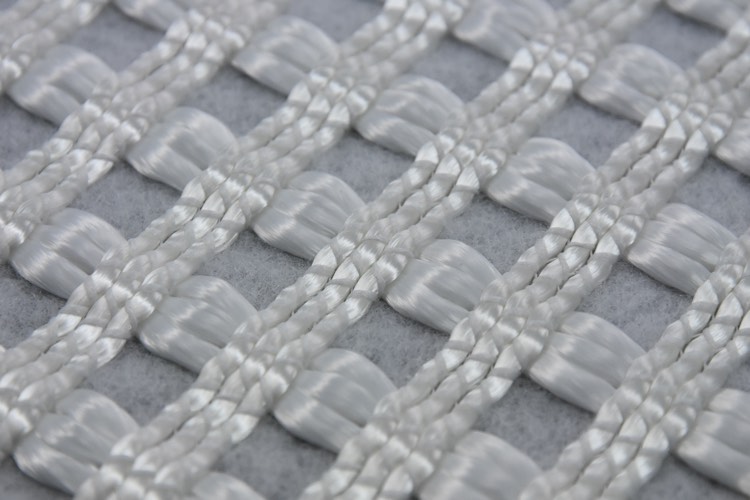 The reinforcement prevents reflective cracks and wheel track rutting caused by truck tyres, and also distributes traffic loads horizontally.
The reinforcement prevents reflective cracks and wheel track rutting caused by truck tyres, and also distributes traffic loads horizontally.
In infrastructure projects, geogrids are also used to secure slopes. These textile solutions represent significantly better value than their steel counterparts, offer excellent static load capacity and can be installed with minimal interference with nature.
Technical warp knitted textiles with tighter stitches are used in building construction to reinforce security gates. Despite their thin design and low weight, these powerful items protect against attacks from most electric power tools, and can be quickly installed in just a few steps.
In addition to this, warp knitted fabrics with weft-insertion and with coatings are also used to make cost-effective roofing systems for industrial buildings. The flexible, stable roofing membranes adapt perfectly to the specific structural conditions, are UV-resistant, and reflect incident sunlight. This reduces the amount of energy used to air condition the building.
In building construction, plaster grids are a firm fixture in the cladding of interior and exterior walls. The glass fibre structures prevent cracks from forming and spreading while also distributing the forces that act upon the walls optimally across the entire surface, thus ensuring a long service life. Warp knitted variants can be produced much more efficiently than comparable woven products, the company says.
In the construction and renovation of concrete structures, open grids made of carbon or AR glass are increasingly replacing steel as the reinforcement material of choice. Textile concrete solutions, e.g. for curtain walls, are lightweight and easy to handle, require fewer resources, produce minimal emissions and are extremely durable.
High-performance warp knitted fabrics with weft-insertion also offer advantages when renovating pipes. These dense textiles enable engineers to repair defective sections of pipe, rather than replacing them completely. This avoids costly excavation work that destroys natural environments. In addition to this, the pipe system can be returned to use within a very short time.
The warp knitted products aimed at the construction industry were a popular highlight at the Karl Mayer exhibition booth at ITMA Asia + CITME in Shanghai in June 2021. In order to reach customers on a more global scale, the products are currently being presented as part of the firm's own hybrid exhibition.
Prospects
Wefttronic II G is used to produce most textile solutions for the construction industry. “The high-performance raschel machine with course-oriented weft-insertion is our key machine for this application,” says Hagen Lotzmann, sales director at Karl Mayer Technische Textilien. "It was developed as an efficient means of producing light to medium-weight grid structures made of glass and polyester fibres, and has long since guaranteed continuous customer sales. It also offers great potential for growth in the future."
In particular, the geo and road grids produced on the company's weft-insertion machines from provide a stable source of business, with Karl Mayer serving a broad customer base, especially in China. Other important sales regions include India, which manufactures for the domestic market but also for export – mostly to the USA – and much of Eastern Europe.
Wefttronic II G warp knitted plaster grids are also booming in countries such as Belarus, Serbia and Hungary, as well as in China. Buyers include numerous weaving mills that have been impressed by the efficiency advantages afforded by this innovative machine. One Wefttronic II G can replace up to 20 weaving looms, depending on the opening width of the grids produced. Fewer machines also mean lower operating costs.
The Wefttronic II G has also demonstrated that it can help firms cut personnel costs by up to 60 per cent, not to mention needing less hall space.
Although it was not on show in Shanghai, the Wefttronic II G was the subject of many discussions at the Karl Mayer booth. The sale of one machine was negotiated and concluded during the exhibition, and a framework agreement was also signed for further deliveries.
Regional Sales Director Jan Stahr is pleased with the success of the Wefttronic II G, noting that a repeat order has also been received from the buyer of the prototype. The consensus within the industry is that the machine will result in a shift in technology, says the sales professional – a summary based on opinions shared by exhibition visitors. He was even approached by a manufacturer of textile glass fibres, who wanted to optimise their products with regard to the processability with the warp knitting technology t in order to stay in business.
Anyone who wants to witness the performance of the Wefttronic II G for themselves can visit the Karl Mayer Technische Textilien customer centres in Chemnitz and, as of August 2021, Changzhou. Furthermore, both sites also offer visitors the chance to try out the system’s processing performance themselves. A visit is always worthwhile, especially for manufacturers of woven plaster grids. Lotzmann also expects to see great interest from Chinese warp knitting customers; manufacturers often make their own textile glass fibre material, and can run tests to see for themselves that their yarns run smoothly on the machine.




